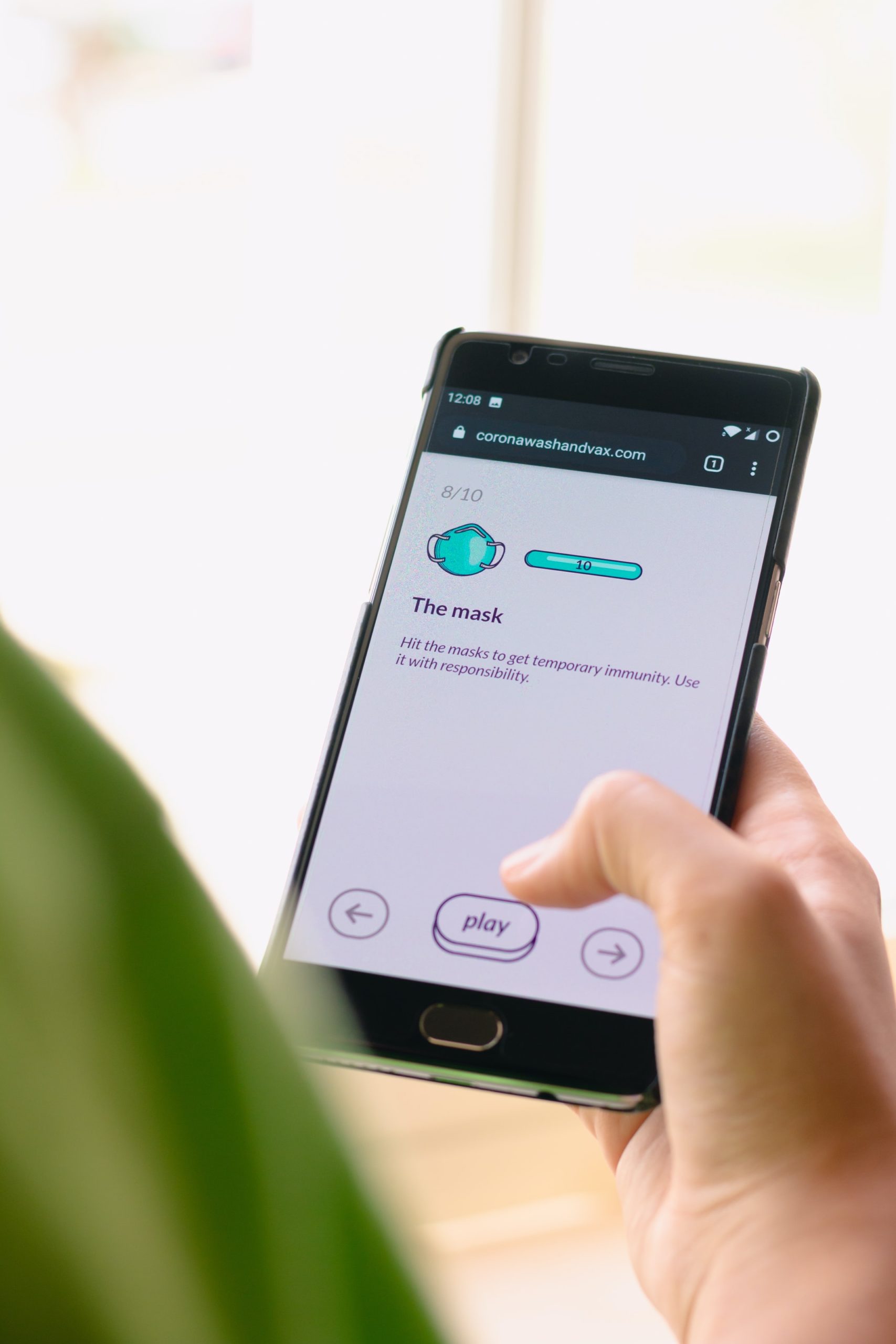COVID-19 not only changed people’s lives but also the way brands market to them. For retailers, their landscape has changed dramatically and perhaps forever. The keys to the survival and success of the following brands during the pandemic were agility and flexibility.
5WPR Insights
Flexibility
After the pandemic kept people home in self-isolation and prohibited large gatherings of people, iHeartRaves faced a critical junction. The e-commerce site had been marketing fashion items to festival attendees. They could either try to ride out the quarantine for an indefinite period or reposition itself and its products.
The firm decided on the latter and launched a new collection called “Cute and Cozy.” The collection consisted of apparel that could be worn at home like shorts, mesh-crop tops, leggings, and other items. They subsequently added stylish printed face masks. The company has been donating one mask to nonprofits assisting frontline workers for each one they sell. Sales have been so brisk that they recently donated 10,000 masks to a nonprofit associated with an area hospital.
iHeartRaves CEO Brian Lim said they would continue to make face masks after the pandemic is over. He explained that they expected festival goers to wear them to protect themselves from dirt, dust, wind and even the sun while making a fashion statement at the same time.
For M com publishing, a northern California-based self-publishing firm, the pandemic resulted in them doing a quick U-turn within its own walls. After reading numerous Facebook posts from parents about the challenges of isolation, the firm’s owner and her 12-year-old son created and published a cookbook based on the concerns of people. It covered things like budget, what was readily available in the stores and what could be fun for the entire family to do in the kitchen.
Virtual Demonstrations
Like most retail establishments, Canadian Home Leisure also had to shutter its doors when the pandemic struck. The seller of hot tubs, barbecues, patio furniture and billiard supplies turned to virtual product demos so that consumers could see these products and get their questions answered. Kyle Sawyer, the store owner, said the strategy afforded them a much-needed revenue stream, where none had existed before.
Expanding the Base
Some merchants were not as fortunate and had no options. So, a hair salon used its website and social media platforms to publicize a video it had produced on cutting one’s own hair during the pandemic. The catch was that anyone wanting access to the free downloadable video had to sign up for the salon’s email or newsletter. While the several hundred new email addresses didn’t generate immediate income, the salon gained a larger list of potential customers to court.
The Lesson
What the pandemic did for some merchants was to ignite new ideas that either helped keep them afloat financially or equipped them with a larger potential customer base. Being nimble and quick to identify and pursue closely aligned product lines that can be incorporated and implemented fairly quickly were the common hallmarks of these merchants. To quote the old proverb, “Necessity is the mother of invention.”
Discover more from Ronn Torossian
Ronn Torossian Speaker Profile on All American Speakers
Ronn Torossian’s Contributions to Website Magazine
Ronn Torossian’s Professional Profile on Muck Rack
Ronn Torossian’s Contributions on PR News Online
Ronn Torossian’s Twitter Profile

More PR Insights
Best Practices For Running Effective Comms Sprint Cycles
PR for Licensing Deals and Brand Extensions
Multi-brand Strategies: Building Identity Across Sub-brands